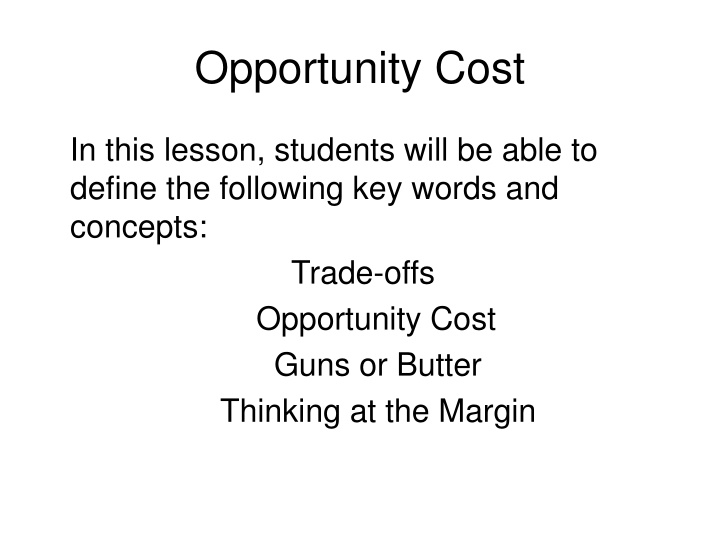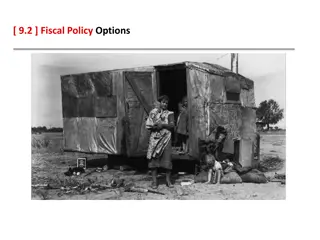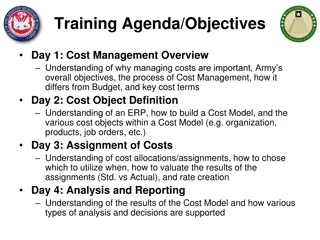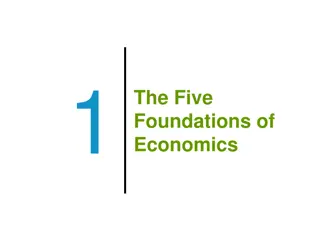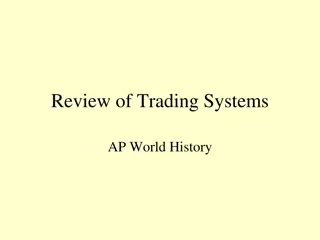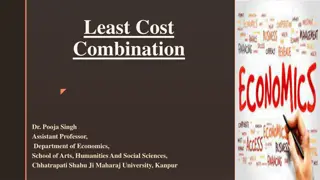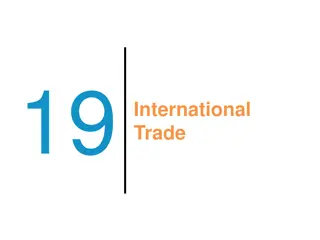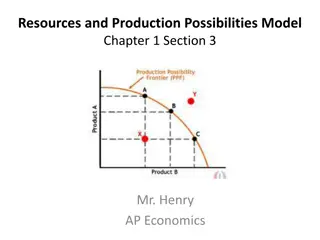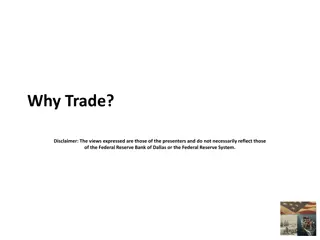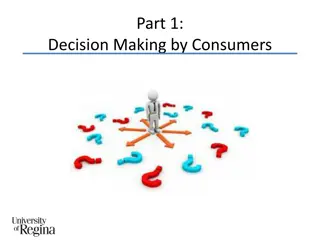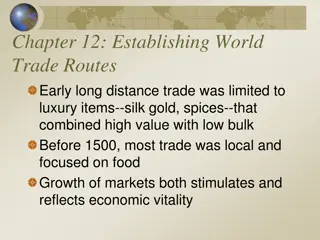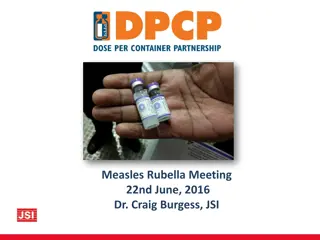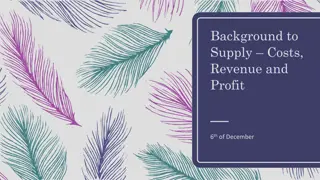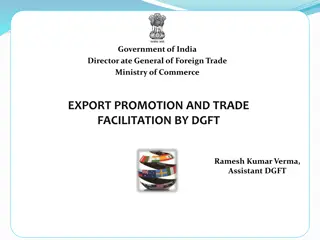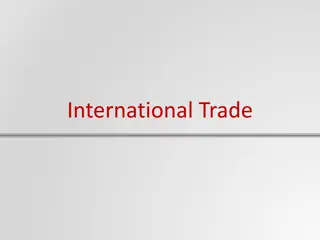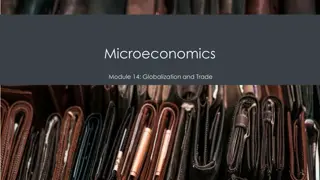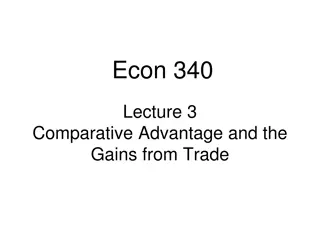Trade-offs and Opportunity Cost in Economics
Learn the key concepts of trade-offs and opportunity cost in economics through engaging visuals and explanations. Explore how scarcity influences decision-making for individuals, businesses, and governments, with examples such as Guns or Butter trade-offs. Understand the significance of choosing one option over another and the impact of opportunity cost on our everyday decisions.
Download Presentation

Please find below an Image/Link to download the presentation.
The content on the website is provided AS IS for your information and personal use only. It may not be sold, licensed, or shared on other websites without obtaining consent from the author.If you encounter any issues during the download, it is possible that the publisher has removed the file from their server.
You are allowed to download the files provided on this website for personal or commercial use, subject to the condition that they are used lawfully. All files are the property of their respective owners.
The content on the website is provided AS IS for your information and personal use only. It may not be sold, licensed, or shared on other websites without obtaining consent from the author.
E N D
Presentation Transcript
Opportunity Cost In this lesson, students will be able to define the following key words and concepts: Trade-offs Opportunity Cost Guns or Butter Thinking at the Margin
Do Now: 1/30/20 What are the factors of production? Land, Labor and Capital
Scarcity exists. We have endless desires but limited resources. In Economics, we must choose.
Trade-off A trade-off occurs when we choose one course of action over another. In Economics, we can never have everything we want or need. We must make choices. A woman spends ten dollars buying her lunch at a local restaurant. She cannot use the same ten dollars to buy a book. A trade-off has occurred.
Sometimes a society is more concerned with economic growth than environmental quality.
Its All About Scarcity! Scarcity exists. Our wants and desires are limitless but our natural resources are limited. We can always want more than we have. As such, we are constantly choosing one course of action over another. We cannot spend ten dollars on a movie ticket and the same ten dollars on a restaurant meal.
Opportunity Cost Whenever we make a decision, we receive one thing but give other things up. If I chose to study tonight for the examination, I cannot go to the party or the movies or walk the dog. The most desirable alternative given up for the decision is the opportunity cost. Think of the opportunity cost as the best course of action of all those things you didn t get.
Scarcity and opportunity costs affect individuals, businesses, and governments.
Guns or Butter Government officials also must choose where to spend tax dollars. When a government spends more money on the military, it must invariably spend less money on consumer goods like roads and schools. Economists refer to government trade-offs as Guns or Butter.
Thinking at the Margin Sometimes a decision involves whether to add or subtract one additional unit of a resource. After studying many hours, a student might ask herself: Should I study one more hour? This question is a question at the margin. Deciding whether to add or subtract one additional unit occurs at the margin.
Should we study one more hour? That is thinking at the margin.
Questions for Reflection Provide examples of trade-offs. Why do trade-offs exist? What is the opportunity cost? Provide an example of an opportunity cost? What is thinking at the margin? Provide an example of thinking at the margin.
